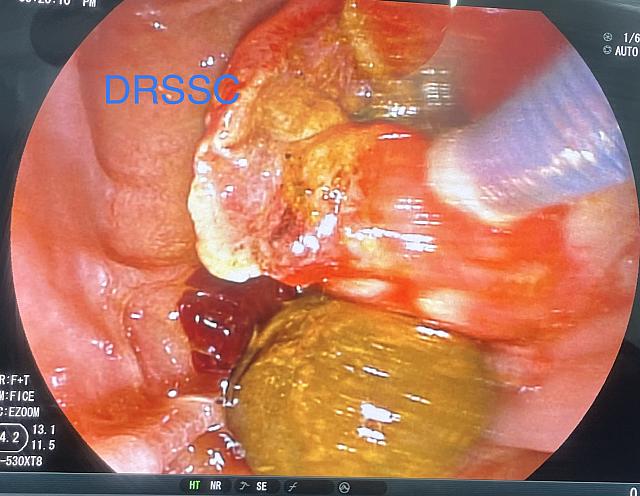
ENDOSCOPIC RETROGRADE CHOLANGIOPANCREATOGRAPHY (ERCP) WITH CBD STONE EXTRACTION FOLLOWED BY LAPAROSCOPIC CHOLECYTECTOMY (ERCP WITH LAPCHOLE)
Posted on 2023-07-27 03:38:56 by SathishThis is the most commonly recommended treatment for bile duct stone with gall stone disease today. Only about 90% of the patients can be managed through this technique. The diagnosis of gall stones and bile duct stones are confirmed with ultrasonography of the abdomen along with MRCP and live function test.
Once the diagnosis is made then the treatment plan will be explained with patient and investigations required for anaesthesia fitness will be completed.
In case of any co-existing co-morbid conditions, the concerned specialist opinion must be obtained. For example, in case of co-morbid conditions like coronary artery disease, cardiologist opinion will be obtained. All viral markers (HIV, HBV, HCV) will be done.
First step is to decide about the treatment protocol for the particular patient. The treatment protocol depends on the number of stones in the common bile duct, size of the stone in the bile duct, presence of jaundice, presence of associated pancreatitis, associated co-morbid conditions and general condition of the patient.
In case of gall stone disease with common bile duct stones with stable general condition the preferred treatment is to proceed with ERCP, extraction of bile duct stones along with biliary stenting followed by laparoscopic cholecystectomy and biliary stent removal later.
In case of associated biliary sepsis, ERCP with or without bile duct stone extraction will be done. Once the general condition of the patient improves then the remaining procedures will be done electively.
In case of associated pancreatitis, treatment will be directed towards the management of pancreatitis and subsequently ERCP to remove the bile duct stones followed by laparoscopic cholecystectomy.
In case of large CBD stones or previous major upper abdominal surgery or previous distal gastric surgery, the recommended procedure will be to perform open cholecystectomy with bile duct exploration with T-tube drainage.
In case of multiple CBD stones with dilated CBD, cholecystectomy with choledochoduodenostomy will be done.
In case of any associated biliary fistulas, hepaticojejunostomy will be performed.
Any patient with post operative biliary colic necessitates MRCP. If MRCP demonstrates any stone in the bile duct patient will require ERCP and stone extraction.
